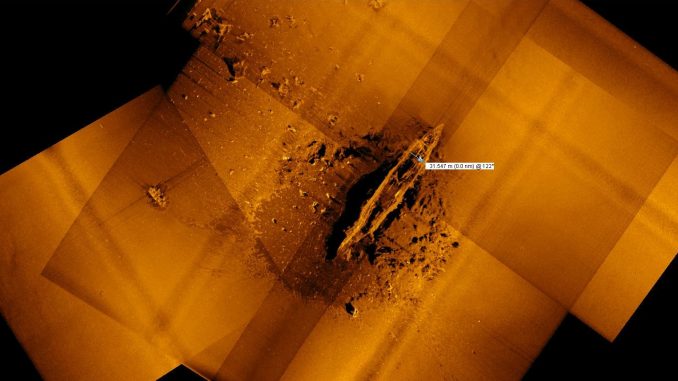
As many are probably aware by now, the crew aboard the late Paul G. Allen’s deep-sea research vessel, RV Petrel, has made some remarkable discoveries on the ocean floor in the South Pacific recently. Over the weekend, they formally announced that they have found the Kaga and Akagi, two Imperial Japanese Navy (IJN) aircraft carriers sunk during the Battle of Midway in early June, 1942.
Petrel was surveying the vast stretches of ocean floor under which the Battle of Midway took place. Seven ships (two American and five Japanese) went down during this pivotal moment in WWII, when the tide of war changed from IJN supremacy to their ultimate annihilation. While Petrel has located the Akagi and Kaga, two other IJN carriers (Sōryū and Hiryū) and the cruiser Mikuma remain to be found. Of the American vessels, only the destroyer U.S.S. Hammann is still missing, as Dr. Robert Ballard and his crew discovered the carrier U.S.S. Yorktown back in 1998.
While these discoveries are important, they were rendered partially incomplete because of damage suffered by the ship’s remotely operated vehicle during the recovery from its dive to examine the Kaga. Unfortunately the repairs are beyond what the team aboard Petrel is able to render, so Petrel has had to suspend their search for the present time. This accident also precluded any videography/photography of the Akagi. The search for sunken history from the Battle of Midway is certainly not over though, and given Petrel’s exceptional track record thus far, it seems likely that their team will make additional significant discoveries once they can return to the area. Petrel will be back in action again next year, and already has some plans which will surely prove fascinating!
The following press releases from Vulcan Inc., the late Paul G. Allen’s firm overseeing the work, will paint a clearer picture of their efforts to locate Kaga and Akagi – two of the four carriers which took part in the Japanese attack on Pearl Harbor on December 7th, 1941…
R/V Petrel Discovers Sunken Japanese Fleet Carrier Kaga while Surveying Historic WWII Battle of Midway Site
Seattle, WA, Oct. 18, 2019 – During extensive underwater surveying of the Battle of Midway site, the Research Vessel (R/V) Petrel, owned and operated by Vulcan Inc., discovered long lost wreckage from the battle. On October 16, R/V Petrel’s crew was able to identify the ship remains as those of the Japanese fleet aircraft carrier IJN Kaga. This is the first sunken Japanese aircraft carrier to ever be discovered. The 1942 Battle of Midway was a decisive naval battle during World War II that occurred six months after Japan’s attack on Pearl Harbor.
The crew aboard R/V Petrel spent several weeks surveying the massive area, documenting more than 500 square nautical miles, all within the Papahanaumokuakea Marine National Monument. The wreckage of Kaga was found 5,400 meters (more than 17,000 feet) below the surface.
“This project is significantly different from previous missions as it required a level of investigation, analysis and survey of a carrier-based engagement initially separated by over 150 nautical miles,” said Robert Kraft, director of subsea operations for Vulcan Inc. “It was a major carrier-to-carrier battle that left its eerie evidence strewn for a total area covering thousands of square nautical miles across the ocean floor. With each piece of debris and each ship we discover and identify, our intent is to honor history and those who served and paid the ultimate sacrifice for their countries.”
Following the attack on Pearl Harbor, the Imperial Japanese Navy hoped another defeat would destroy the U.S. Pacific Fleet. Japanese Admiral Isoroku Yamamoto planned to invade Midway, luring American aircraft carriers into an ambush. Midway was selected for its strategic position in the Central Pacific, providing a forward operating base for Japan if they succeeded.
Thanks, in part, to major advances in code breaking, U.S. cryptographers were able to determine the date and location of the planned attack, allowing the forewarned U.S. Navy to prepare its own ambush.
Pacific Fleet commander Admiral Chester W. Nimitz placed U.S. carriers in position to surprise the Japanese fleet as they approached Midway Island. From June 4 – 7, 1942, the U.S. Navy battled an attacking Japanese Navy fleet near Midway, inflicting devastating damage on the Japanese fleet and ultimately winning the battle.
“The Battle of Midway was an American intelligence breakthrough,” said Frank Thompson, curator from the Naval History and Heritage Command. “The team that deciphered the Japanese fleet codes enabled Pacific Fleet commander Nimitz to understand Japanese intentions and plan accordingly. This was a true turning point in the war for the U.S. Navy.”
Four Japanese and three American aircraft carriers participated in the battle. The four Japanese fleet carriers — Kaga, Akagi, Sōryū and Hiryū, part of the six-carrier force that had attacked Pearl Harbor six months earlier — were all sunk, as was the heavy Japanese cruiser Mikuma. The U.S. lost carrier Yorktown and destroyer Hammann. American losses totaled at 145 aircraft and more than three hundred seamen.
Rear Adm. Brian P Fort, commander, Naval Forces Japan, said in a statement, “On the occasion of the discovery of the Kaga, we send our thoughts and prayers to our trusted and valued friends in Japan. The terrible price of war in the Pacific was felt by all our navies. From that painful lesson, we have become the closest of allies and friends committed to maintaining a free and open Indo-Pacific.”
JAPANESE AIRCRAFT CARRIER KAGA
Commissioned on November 1, 1929, Japanese Aircraft Carrier Kaga was Japan’s first heavy aircraft carrier, converted from a battleship due to be scrapped under the terms of the 1922 Washington Naval Treaty.
Kaga participated in the Sino-Japanese War during the 1930s and was also part of the six-carrier fleet that launched the planes that attacked Pearl Harbor in 1941, leading to the United States’ formal entry into World War II.
Kaga was scuttled on June 4, 1942 during the historic Battle of Midway after being attacked by approximately thirty dive bombers and two torpedoes launched by the USS Nautilus. Along with Kaga, three other Japanese fleet carriers – Akagi, Sōryū and Hiryū – were sunk during the battle.
After valiant efforts to keep the ship alive, the remaining crew realized the damage was beyond repair, and the escorting destroyer Hagikaze launched two torpedoes at the ship to effectively scuttle it. Of the crew members on board, 814 were killed as a result of the battle.
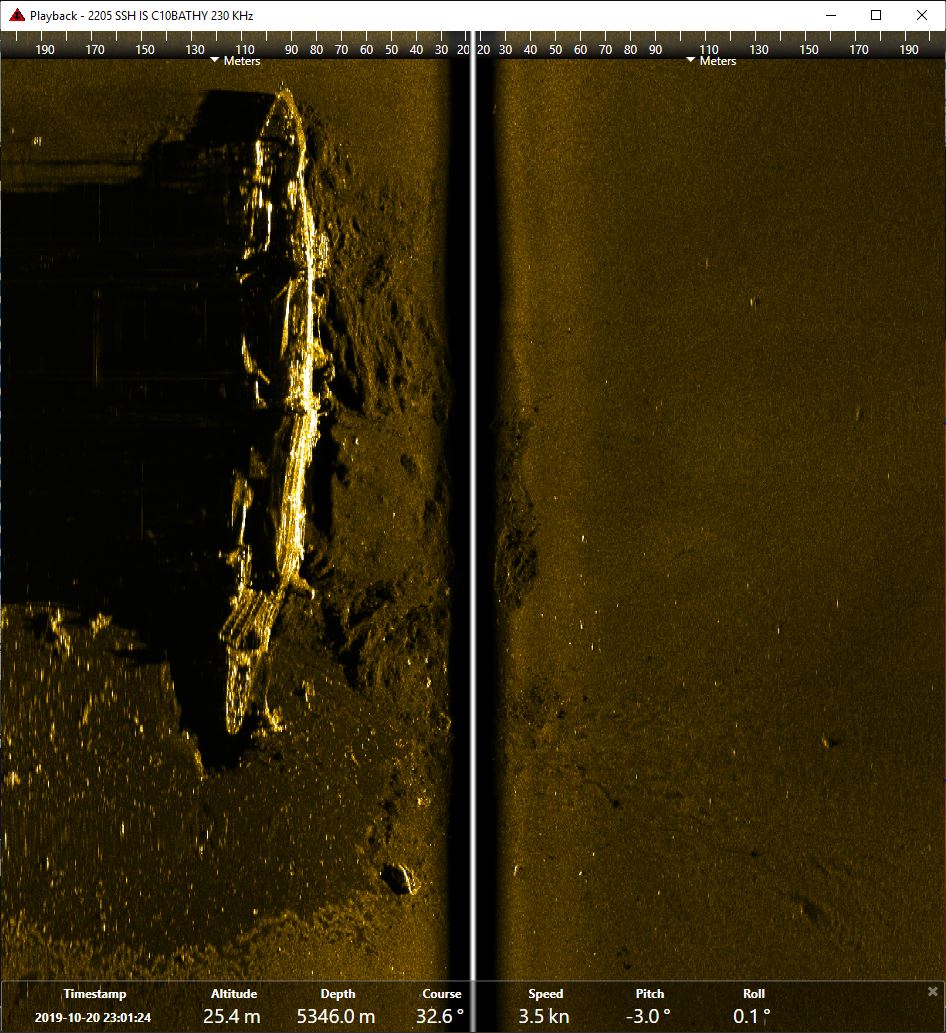
R/V Petrel Discovers Japanese Flagship Carrier Akagi
Second Carrier Surveyed in Historic WWII Battle of Midway Site
Seattle, WA, Oct. 20, 2019 – The Research Vessel (R/V) Petrel, owned and operated by Vulcan Inc., today identified sonar images of the Japanese Carrier Akagi, sunk on June 5, 1942 during the Battle of Midway. This makes it the second Japanese carrier to be discovered in the past two weeks. The wreckage was found 5,280 meters (more than 17,000 feet) below the surface of the Central Pacific in the Papahanaumokuakea Marine National Monument.
The Battle of Midway was a decisive naval battle during World War II that occurred six months after Japan’s attack on Pearl Harbor. The crew aboard R/V Petrel has been surveying the massive area documenting more than 500 square nautical miles, where they also discovered IJN Kaga this month.
Akagi, as flagship of Vice Admiral Chuichi Nagumo, was part of the six-carrier fleet that launched the planes that attacked Pearl Harbor in 1941, leading to the United States’ formal entry into World War II. During the fateful battle, the converted battlecruiser was attacked by American dive bombers and took a significant hit by a 1,000-lb bomb that crashed through her 261-meter flight deck. She was ultimately scuttled by a Japanese destroyer. Of the crew members on board, 267 were killed as a result of the battle.
“Every shipwreck we find reminds us all of the ultimate sacrifice made by those who served their countries,” said Robert Kraft, director of subsea operations for Vulcan. “The Battle of Midway was one of the most influential naval engagements and pivotal turning points of the war. Our team is truly honored to have discovered the Japanese Flagship Carrier, Akagi.”
Four Japanese and three American aircraft carriers participated in the battle. The four Japanese fleet carriers — Kaga, Akagi, Sōryū and Hiryū, part of the six-carrier force that had attacked Pearl Harbor six months earlier — were all sunk, as was the heavy Japanese cruiser Mikuma. The U.S. lost carrier Yorktown and destroyer Hammann.
“Unlike land battles, war at sea leaves no traces on the surface,” said Frank Thompson, historian from the Naval History and Heritage Command who is embarked on Petrel for this expedition. “The efforts made by the Vulcan team aboard Petrel in finding the wrecks of Kaga and Akagi will give historians a new perspective of one of World War II’s pivotal battles.”
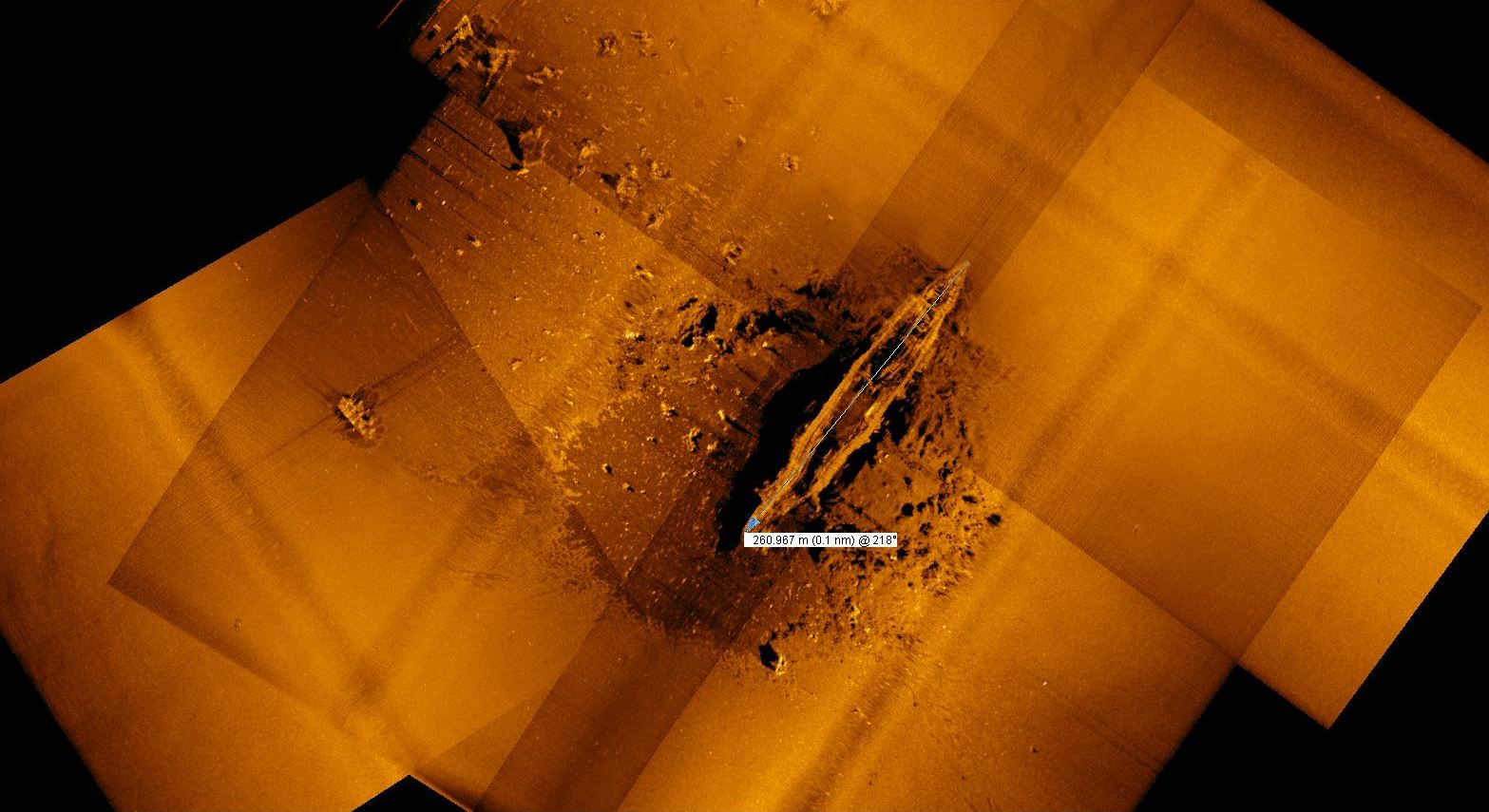
JAPANESE AIRCRAFT CARRIER AKAGI
Commissioned on March 25, 1927, Japanese Aircraft Carrier Akagi was originally designed as a battlecruiser. She was converted into an aircraft carrier under the terms of the 1922 Washington Naval Treaty. Akagi underwent an expensive reconstruction in 1935 that gave her the full-length flight deck configuration that she would enter the Pacific War with.
Photo credit: Naval History and Heritage Comment
Akagi, as flagship of Vice Admiral Chuichi Nagumo, was part of the six-carrier fleet that launched the planes that attacked Pearl Harbor in 1941, leading to the United States’ formal entry into World War II. Akagi was also part of the attack against Port Darwin and operations in the Indian Ocean.
Akagi was fatally attacked on June 4, 1942 during the historic Battle of Midway by American dive bombers, including a significant hit by American pilot Lieutenant Richard Best whose bomb landed at the aft edge of the middle elevator. Best’s 1,000-lb bomb crashed through the flight deck and exploded in the upper hangar. Along with Akagi, three other Japanese fleet carriers – Kaga, Sōryū and Hiryū – were sunk during the battle.
After valiant efforts to evacuate the remaining Japanese sailors, the Akagi was ordered scuttled by torpedoes fired by her own destroyers. She sank bow first. Of the crew members on board, 267 were killed as a result of the battle.
As readers will doubtless be well aware by now, Petrel has also located the wrecks of several WWII U.S. Navy aircraft carriers as well, including the Wasp, Hornet and Lexington, with the latest being the discovery of the extraordinarily well preserved USS St.Lo (CVE 63) in May this year. St.Lo was an escort carrier lost in a kamikaze attack on October 25th, 1944 during the Battle of Samar. The video below, that RV Petrel posted by two weeks ago illustrates stunning details which still remain clearly visible, such as the settings on control equipment in the ships bridge dating from the moments when the ship went down!
The team aboard Petrel are prolific in their success, with their latest discoveries bringing the total number of wrecks they have found now amounting to a staggering thirty one long-lost vessels. But none of this would have been possible without the vision and support from the late Paul G. Allen. We wish them continued success in their search for our collective history!
Many thanks to Vulcan Inc. and to the Flying Heritage & Combat Armor Museum’s Michelle Donoghue for providing the photographs and press releases in this article.

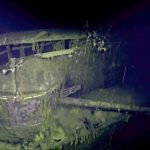
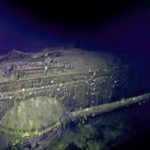
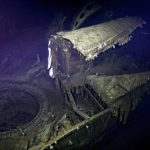
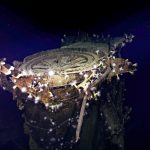
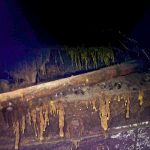
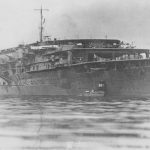
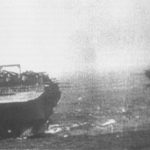
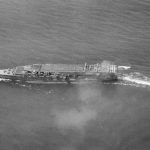
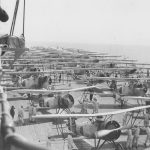
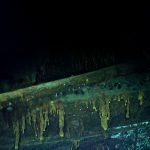
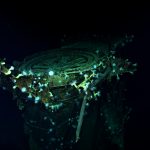
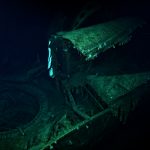
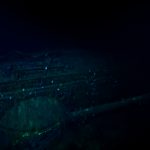
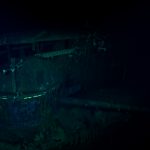
Be the first to comment
Graphic Design, Branding and Aviation Art